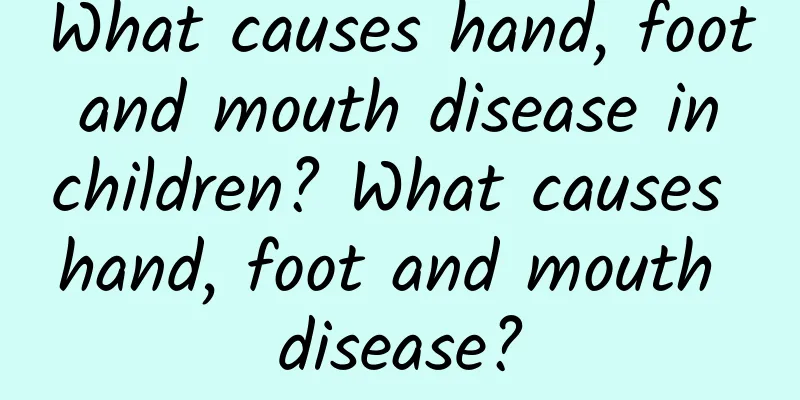How to treat pathological neonatal jaundice

|
Pathological neonatal jaundice requires prompt medical attention for a clear diagnosis. Treatment methods vary depending on the cause. Common treatments include light therapy, transfusion therapy, and drug intervention. At the same time, attention should be paid to nursing and nutritional support to promote recovery. 1. Light therapy Phototherapy is a common method for treating neonatal jaundice, especially for cases with moderately elevated bilirubin levels but not dangerous levels. By exposing the child to a specific wavelength of blue or white light, indirect bilirubin can be converted into a soluble form so that it can be excreted through urine or feces. Parents need to cooperate with the treatment to avoid dehydration of the child during phototherapy. They can appropriately extend the duration of breastfeeding and increase the frequency of feeding. 2. Exchange blood therapy For severe jaundice or pathological jaundice that is resistant to phototherapy, exchange transfusion may be necessary. It effectively reduces bilirubin levels and corrects metabolic disorders such as anemia caused by jaundice by extracting a portion of the child's blood and transfusing healthy blood at the same time. The operation is risky and should be performed in an experienced medical institution, with close monitoring of the child's vital signs. 3. Drug intervention For some pathological jaundice with clear causes, drugs can be selected to improve symptoms according to the condition. For example, jaundice caused by hemolysis can be treated with immunoglobulin to help inhibit the hemolytic reaction caused by maternal-fetal blood type incompatibility. In some cases, jaundice related to liver enzyme deficiency or infection may require enzyme preparations or antibiotics to assist in regulation. 4. Nursing and nutritional support Regardless of the treatment plan, home care is essential. Increasing the number of breastfeedings can help promote the excretion of bilirubin in children; for children with low weight or eating difficulties, short-term addition of formula milk may be needed for nutritional supplementation through evaluation. Avoiding exposure to cold or other stressful conditions can also help enhance the child's resistance and speed up recovery. Pathological neonatal jaundice has certain medical risks. In severe cases, it may lead to acute bilirubin encephalopathy. Parents need to closely observe the changes in the condition and seek professional medical guidance in a timely manner. Scientific treatment and reasonable care under the doctor's advice can help children recover as soon as possible and grow up without sequelae. |
<<: Should children take anti-inflammatory drugs for cough?
>>: What are the symptoms of post-polio syndrome?
Recommend
Can children eat bananas when they have a cough? What should be paid attention to when children eat bananas when they have a cough?
Children can eat bananas if they have a mild coug...
Does hand, foot and mouth disease cause diarrhea? What should I do if I have diarrhea due to hand, foot and mouth disease?
Many people are familiar with hand, foot and mout...
What should patients with Kawasaki disease eat?
Once our children become ill, parents will be ver...
What causes neonatal pneumonia? Does a baby's spitting of bubbles mean pneumonia?
Neonatal pneumonia is a common pediatric disease....
Is acute laryngitis in children contagious? How to treat it?
Acute laryngitis in children is a non-infectious ...
Key points to note when preventing mumps
The key points to note in preventing mumps are va...
How to treat children with ADHD
ADHD, or attention deficit hyperactivity disorder...
Early diet for children with pneumonia
What should you eat when you have pneumonia? The ...
What should I do if my child is prone to diarrhea? These methods can help you treat and prevent diarrhea in children
In the hot summer, children are very likely to su...
What anti-inflammatory medicine is better for mumps
Mumps is a common chronic disease in life. The ne...
Causes of hernia in children, 3 causes of congenital hernia in children
There are two types of hernia in children: congen...
How long does it take for breast milk jaundice to subside on its own?
Breast milk jaundice refers to neonatal jaundice ...
What to do if your baby has allergic rhinitis and coughs
If your baby has a cough or allergic rhinitis, yo...
Can children with diarrhea take Enteritis Ning?
Children with diarrhea can take an appropriate am...
Can I continue to breastfeed my newborn baby if he has jaundice?
There are many causes of jaundice, and the causes...









